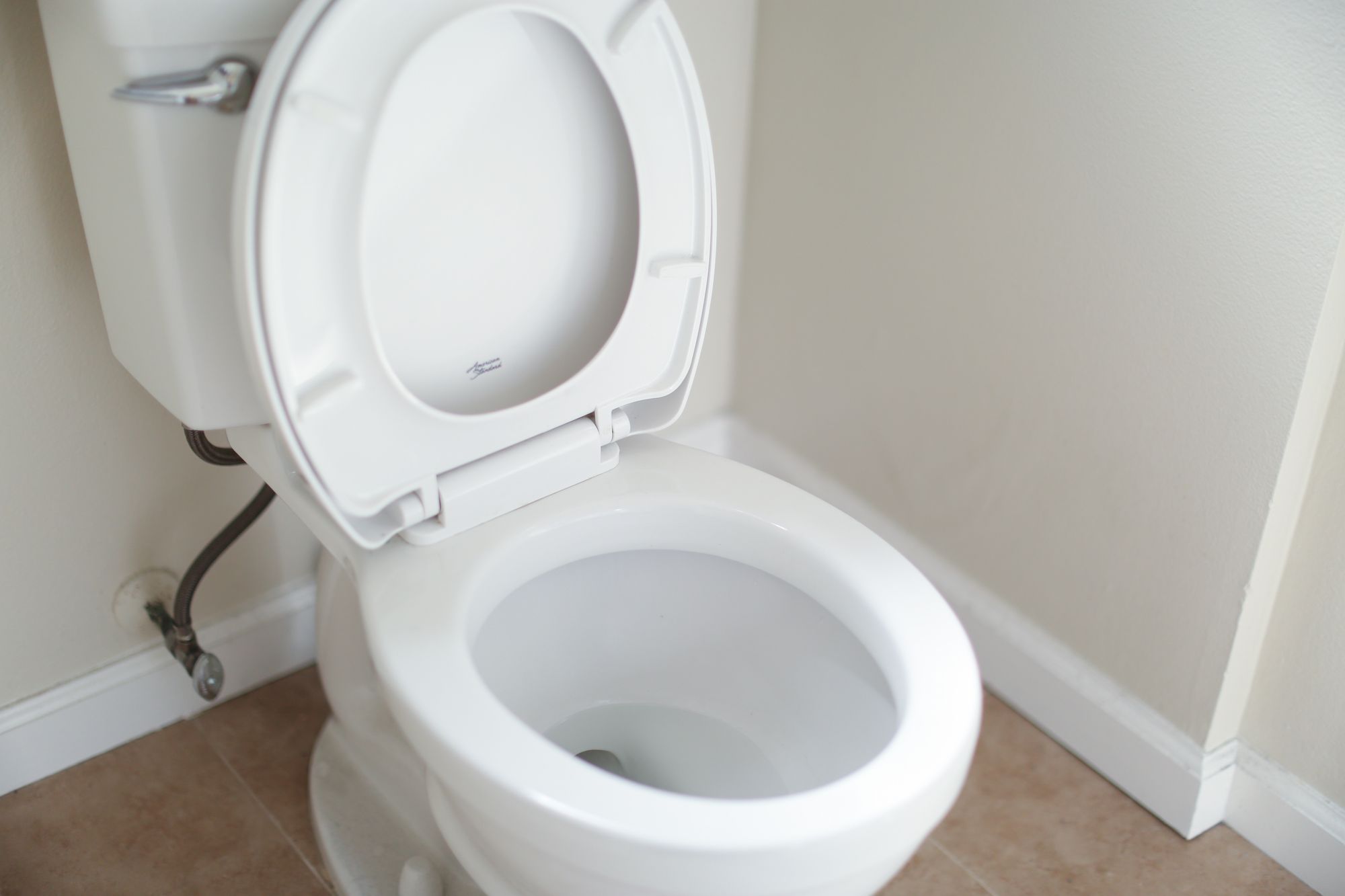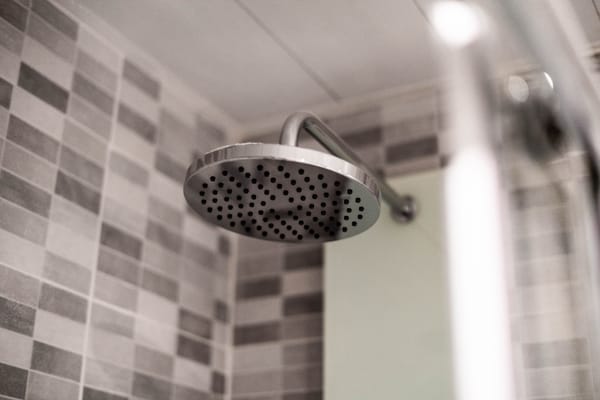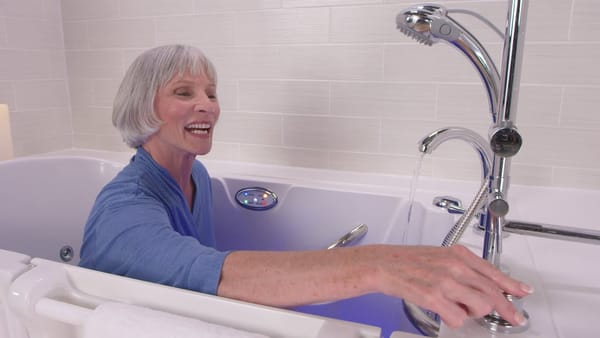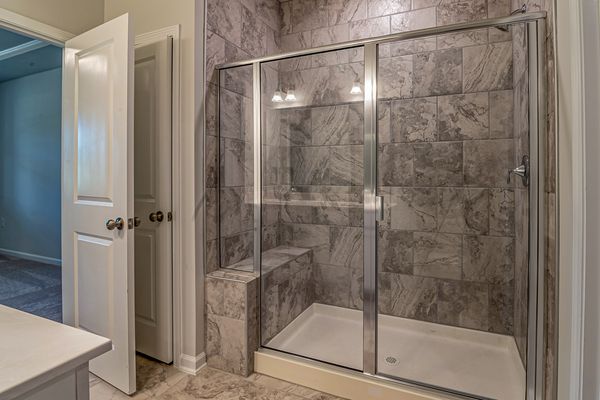It’s a household essential, but how much do you really know about the parts of a toilet? If you've ever found yourself perplexed while shopping for replacement parts or troubleshooting a toilet problem, you're not alone. This article will provide an in-depth look at the key components that make up our humble commodes.
What are the different parts of a toilet?
1. Toilet Bowl
Starting with the most visible part, the toilet bowl is the large ceramic basin you sit on. It's where waste is deposited before being flushed away. Its shape and design play a crucial role in ensuring efficient flushing with minimal water usage.
2. Toilet Tank
The tank, located directly above the bowl, houses fresh water that's used to flush the toilet. Inside the tank, you'll find several essential components that work in harmony to make flushing possible:
Flush Valve
This controls the release of water from the tank into the bowl when you press the flush handle. Once activated, it releases a significant amount of water rapidly to flush waste away.
Fill Valve
Once the flush is complete, the fill valve refills the tank with water, readying it for the next flush. It's connected to the home's water supply and has a float that rises with the water level. Once the tank is full, the fill valve shuts off.
Float
Connected to the fill valve, the float determines when the fill valve should shut off. When the tank empties during a flush, the float drops, signaling the fill valve to refill the tank. As the tank fills, the float rises until it reaches a set level, which then causes the fill valve to stop filling the tank.
Overflow Tube
This prevents the tank from overflowing. If the fill valve or float malfunctions and doesn’t shut off the water supply in time, excess water is diverted down the overflow tube, which leads directly to the bowl.
3. Flush Handle and Trip Lever
The flush handle, located on the outside of the tank, is what you press or pull to initiate a flush. When activated, it pulls a trip lever (inside the tank) which in turn triggers the flush valve to release water from the tank to the bowl.
4. Wax Ring
Though not visible without disassembling the toilet, the wax ring is an essential component. Positioned between the base of the toilet and the floor flange (the anchor point in the floor), the wax ring creates a watertight seal. This ensures that water and waste can only exit through the designated drain and don’t seep out onto your bathroom floor.
5. Toilet Seat and Lid
While these are pretty self-explanatory, it's worth noting that toilet seats come in various shapes and designs, including round, elongated, and even heated or bidet versions.
6. Trapway
The trapway is the channel inside the toilet that allows waste and water to move from the bowl to the drain in the floor. Its s-shaped curve (also known as the “S trap”) helps maintain a small amount of standing water in the bowl, which serves as a barrier preventing sewer gases from entering the bathroom.
7. Supply Line
Last but not least, the supply line is the pipe that connects the toilet's fill valve to your home's water supply. It delivers fresh water to the tank after every flush.
Maintenance Tips for the Different Parts of Your Toilet
Understanding the various components of your toilet is just the first step. Proper care and maintenance ensure that every part works efficiently, thus extending the lifespan of your toilet and reducing the chances of sudden malfunctions. Here are some tips to keep your toilet in tip-top shape:
1. Regular Cleaning
Toilet Bowl
Using a good-quality toilet cleaner and a brush, scrub the bowl at least once a week. This prevents stains and keeps mineral deposits at bay.
Tank
Surprisingly, many overlook cleaning the tank. Periodically, open the tank lid and check for signs of mold or mildew. If present, you can clean it with a diluted bleach solution.
2. Check for Leaks
A toilet can waste a lot of water if there's a leak. Periodically check the supply line, base, and tank for any signs of leaks. A simple trick is to add some food coloring to the tank and wait. If the color appears in the bowl without flushing, you may have a leak.
3. Replace Worn Out Parts
Components like the wax ring, fill valve, and flush valve may wear out over time. Instead of waiting for a complete breakdown, it's wise to replace parts at the first sign of wear. Kits are available at most hardware stores that contain everything you need for common toilet repairs.
4. Avoid Harsh Chemicals
While chemical drain cleaners can be tempting to unclog toilets, they can be harsh on the parts and the environment. Instead, use a plunger or a natural solution, like baking soda and vinegar, to clear blockages.
5. Upgrade When Necessary
If your toilet is older, it might be using more water than necessary. Newer models are designed to be water-efficient. Investing in a modern, high-efficiency toilet can reduce your water bill and environmental footprint.
Final Thoughts
In the realm of household maintenance, understanding the intricacies of your toilet's components, from the toilet fill valve to the foundational toilet flange, can be a game-changer. The often overlooked parts, like the toilet flapper or the toilet tank lid, play a pivotal role in ensuring smooth operations. Just as we wouldn't ignore a faucet's handle, we shouldn't neglect the toilet handle or the flapper valve. These components ensure that our toilet bowls remain efficient and leak-free.
Moreover, frequent checks on the toilet fill valves and the water supply line can stave off potential water wastage and reduce unexpected repair costs. And while aesthetics may not be at the forefront of everyone's mind, a well-maintained toilet tank cover can contribute significantly to the overall appearance and hygiene of a bathroom.
In conclusion, the true magic of a functional bathroom lies beneath the surface. By giving due attention to each element, from the visible parts like the toilet tank lid to the internal workings like the water supply line and toilet handle, homeowners can ensure a seamless and efficient experience every time the flush is activated. Embrace the knowledge of your bathroom's mechanics; it's a sure path to long-lasting performance and peace of mind.






